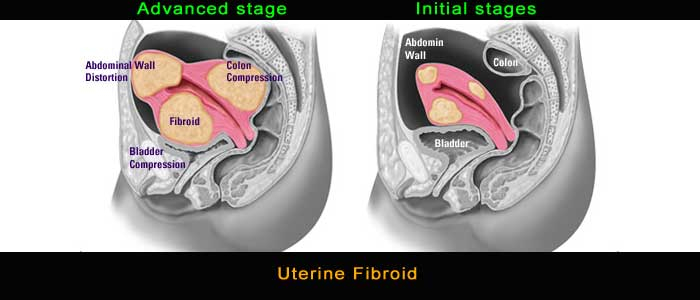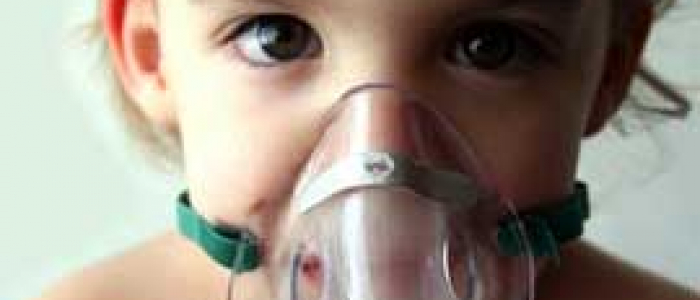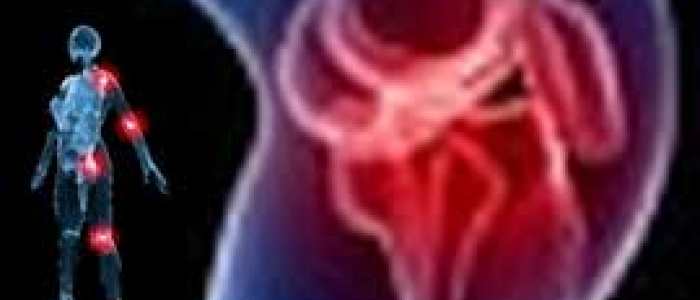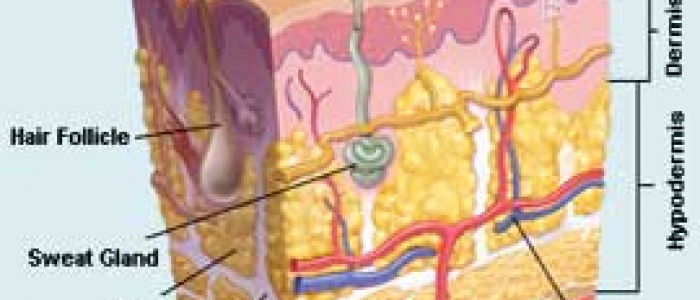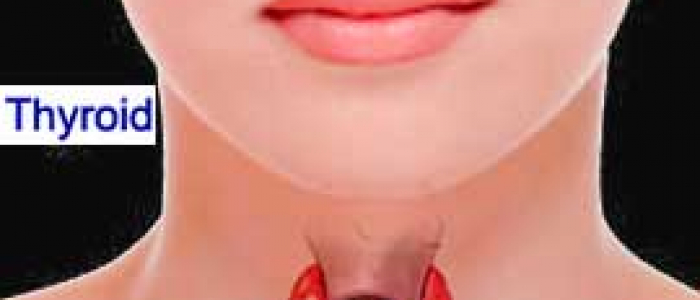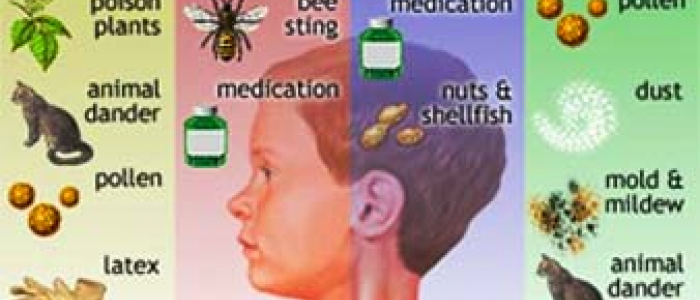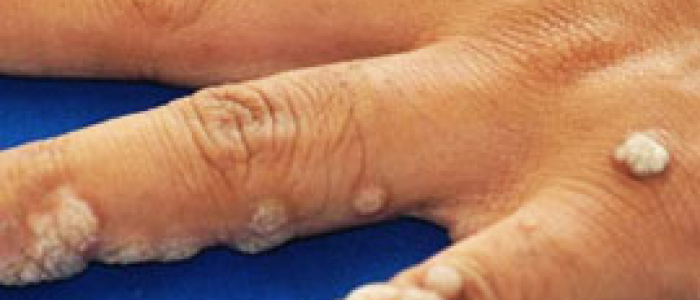
Sinusitis (rhinosinusitis) in children can look different than sinusitis in adults. More often, children have a cough, bad breath, crankiness, low energy, and swelling around the eyes, along with a thick yellow-green nasal or post-nasal drip.
Child's sinuses are not fully developed until late in the teen years. Although small, the maxillary (behind the cheek) and ethmoid (between the eyes) sinuses are present at birth. Unlike in adults, pediatric sinusitis is difficult to diagnose because symptoms of sinusitis can be caused by other problems, such as viral illness and allergy.
How to know when child has sinusitis?
The following symptoms may indicate a sinus infection in your child:
- a cold lasting more than 10 to 14 days, sometimes with a low-grade fever
- thick yellow-green nasal drainage
- post-nasal drip, sometimes leading to or exhibited as sore throat, cough, bad breath, nausea and/or vomiting
- headache, usually in children age six or older
- irritability or fatigue
- swelling around the eyes.
Causes of Pediatric Sinusitis?
Young children are more prone to infections of the nose, sinus, and ears, especially in the first several years of life. Viruses, allergies, or bacteria usually cause sinusitis. Acute viral sinusitis is likely if your child has been sick for less than 10 days and is not getting worse. Acute bacterial sinusitis is likely when the sinusitis symptoms do not improve at all within 10 days of getting sick, or if your child gets worse within 10 days after beginning to get better.
We can reduce the risk of sinus infections for your child by reducing exposure to known environmental allergies and pollutants such as tobacco smoke, reducing his/her time at day care, and treating stomach acid reflux disease.
Chronic sinusitis lasts 12 weeks or longer, and is usually caused by prolonged inflammation, instead of a long infection. Infection can be a part of chronic sinusitis, especially when it worsens from time to time, but is not usually the main cause.



